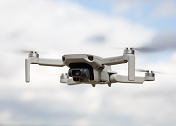How to Choose the Best Drone Frame
If you’re in the market for a new drone, one of the first things you need to do is decide on the Drone Frame. The frame is the main body of the drone, and it needs to be strong and light enough to support all the other parts. In this article, we’ll go over some of the different factors you need to consider when choosing a drone frame.
- Part 1:Drone Industry
- Part 2:Types of Drone Frames
- Part 3:Frame Materials
- Part 4:Frame Weight
- Part 5:Frame Size
- Part 6:The Geometry of a Drone Frame
- Part 7:How to Choose the Best Frame for You
- Part 8:Conclusion
Part 1:Drone Industry
There are a variety of different types of drone frames on the market, each with their own set of benefits and drawbacks. So, how do you know which frame is right for you? In this blog post, we'll break down the different types of drone frames and help you choose the best option for your needs.
Part 2:Types of Drone Frames
There are a few different types of drone frames to choose from, and the best one for you will depend on your specific needs. Here are the most common types of drone frames:
1. Quadcopters:

Quadcopters are the most popular type of drone, and they're great for both beginners and experts alike. They're relatively easy to fly and are very stable in the air. Most quadcopters have four rotors, but there are also some that have six or eight.
The most common type of drone frame is the quadcopter. Quadcopters have four rotors arranged in a cross pattern, and they're very stable in flight. Quadcopters are great for beginners because they're relatively easy to fly and they're very durable. However, quadcopters can be more difficult to control in windy conditions and they're not well-suited for high-speed flying.
2.Hexacopters:
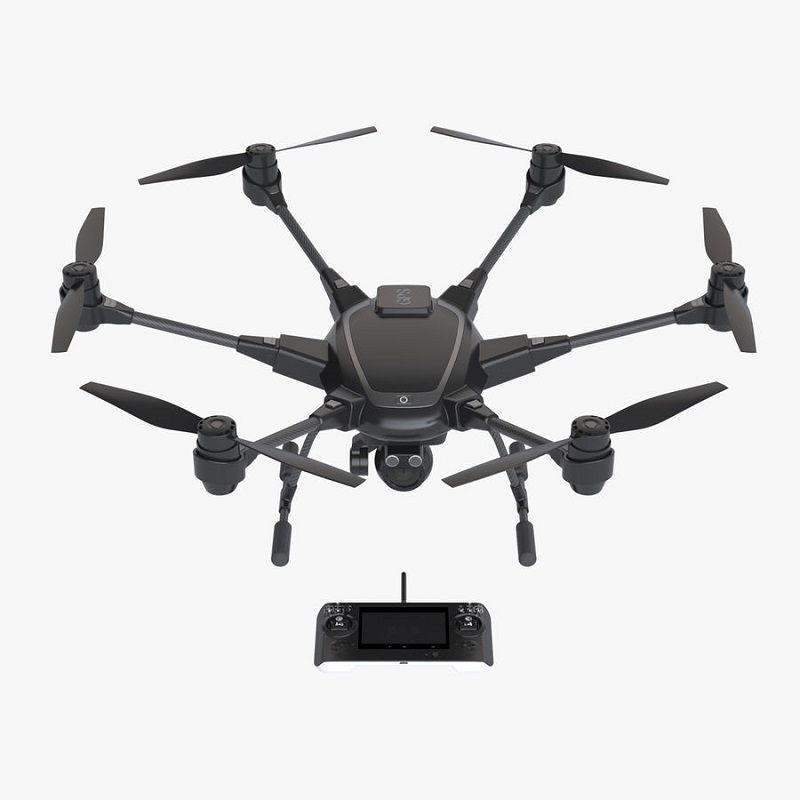
Hexacopters are similar to quadcopters, but they have six rotors instead of four. They're a bit more difficult to fly than quadcopters, but they're also more powerful and can carry more weight.
Hexacopter drone frames are becoming increasingly popular as they offer a number of advantages over traditional quadcopters. These drones have six rotors that allow them to fly in any direction, which makes them ideal for filming and photography. They can also fly at much higher speeds than quadcopters, making them more efficient when it comes to covering large areas.
Another advantage of hexacopters is that they are much less likely to be damaged by wind or rain. This is because their design allows them to remain stable even in the roughest conditions. In addition, hexacopters are also lightweight and easy to control, which makes them perfect for aerial photography and videography.
3.Octocopters:
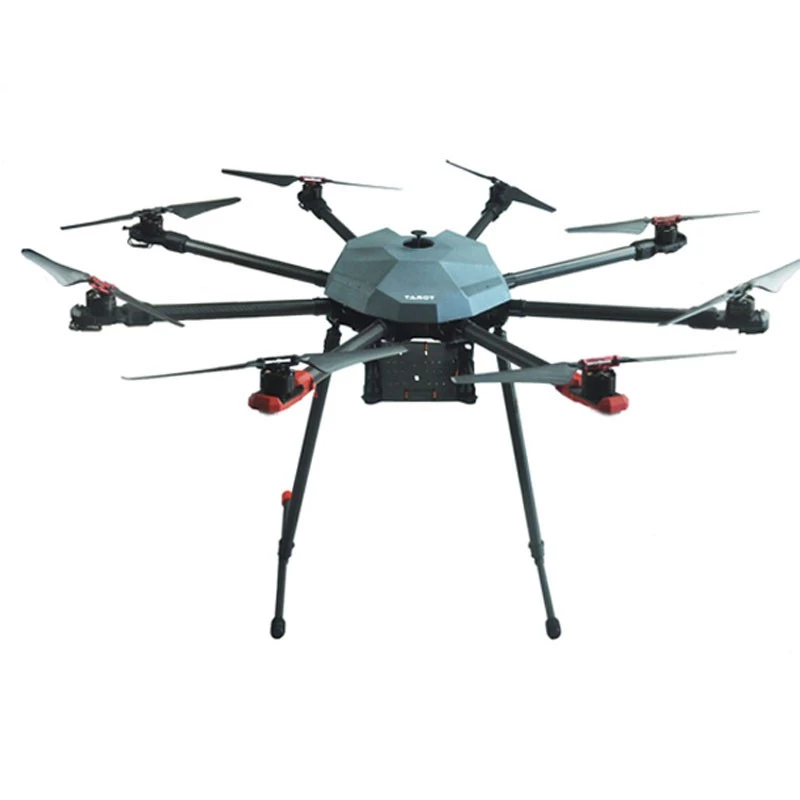
Octocopters are the largest type of drone, and they have eight rotors. They're very powerful and can carry quite a bit of weight, but they're also very difficult to fly and are not recommended for beginners.
Octocopters drone frames are becoming increasingly popular because of their unique features and capabilities. Here are a few things to know about them:
- Octocopters drone frames can fly at high speeds and altitudes, making them ideal for search and rescue operations or other high-speed tasks.
- They're also very versatile, able to fly both indoors and outdoors.
- They're built with durability in mind, so they can withstand harsh environments and rugged terrain.
If you're looking for a drone that can fly fast and handle well in windy conditions, then you might want to consider a racing drone. Racing drones typically have smaller frames and fewer rotors than quadcopters, which makes them more aerodynamic. Racing drones are also outfitted with powerful motors that allow them to reach speeds of up to 100 mph. However, racing drones can be more difficult to fly than quadcopters and they're not as durable, so they're not suited for photography.
Part 3:Frame Materials
There are a variety of materials that drone frames can be made out of, each with their own benefits and drawbacks. Some of the most popular materials used for drone frames include carbon fiber, aluminum, and polycarbonate.
Carbon fiber is one of the lightest and strongest materials available, making it ideal for use in drones. However, it is also one of the most expensive options.
Aluminum is another strong and lightweight option, but it is not as stiff as carbon fiber which can make it more difficult to control.
Polycarbonate is a more affordable option that is still strong and lightweight. However, it is not as durable as other materials and can be susceptible to shattering if crashed.
Part 4:Frame Weight
When it comes to choosing the best drone frame, one of the key considerations is weight. Heavier frames tend to be more durable and can handle more weight and stress, but they also require more powerful motors to get airborne. Lighter frames are less durable but can be flown with smaller and lighter motors, making them ideal for racing and other applications where weight is a major factor.
Part 5:Frame Size
One of the most important aspects of choosing a drone frame is the size. The size of the frame will determine how much space the drone has to fly and how stable it will be in the air. If you are looking for a drone to use for racing, then you will want a smaller frame so that it can maneuver quickly and easily. If you are looking for a drone to take pictures or videos, then you will want a larger frame so that it can stay in the air longer and carry more weight. There are also frames that are made specifically for certain types of drones, so be sure to do your research before making your final decision.
Part 6:The Geometry of a Drone Frame
There are a few things to consider when selecting a drone frame: size, weight, and geometry. The size and weight of the frame will affect the overall performance of the drone. A larger frame will be more stable in the air, but it will also be more difficult to maneuver. A smaller frame will be easier to maneuver, but it will be less stable in the air. The geometry of the frame also plays a role in the performance of the drone. A symmetrical frame is more aerodynamic and will be faster than an asymmetrical frame. An asymmetrical frame will be more agile and able to make tighter turns.
Part 7:How to Choose the Best Frame for You
There are a few things to consider when choosing the best frame for your drone. First, you need to decide what size drone you want. The size of the drone will dictate the size of the frame. If you want a large drone, you'll need a large frame. Second, you need to decide what material you want your frame to be made out of. The most common materials are carbon fiber and aluminum. Carbon fiber is lighter and stronger than aluminum, but it's also more expensive. Third, you need to decide how many motors you want your drone to have. The number of motors will dictate the number of props your drone will have. More motors means more props, which means more lift and more stability. Finally, you need to decide what kind of flight controller you want to use. The flight controller is the brains of the drone and it controls everything from takeoff to landing. There are many different types of flight controllers on the market, so do some research to find the one that's right for you.
Part 8:Conclusion
Now that you know what to look for in a drone frame, it’s time to start shopping around. Be sure to read customer reviews before making your final purchase to ensure that you’re getting a quality product. With so many different drone frames on the market, it can be hard to know where to start. But with these tips in mind, you should be able to find the perfect frame for your needs in no time at all.
You may like
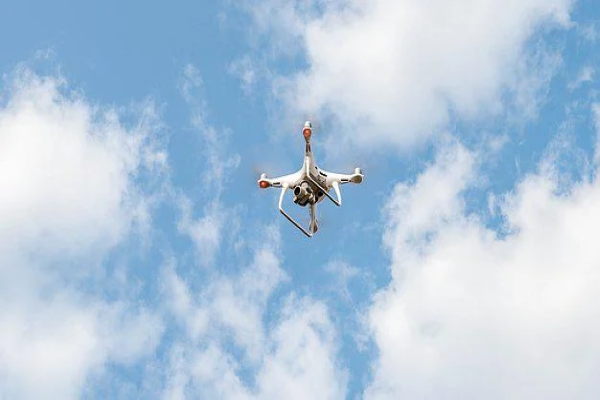
10 DJI Osmo Action Accessories - DJI Recommended
Get the perfect photography accessories for your Drone! In this article, we list the 10 DJI Osmo Action accessories that we recommend.
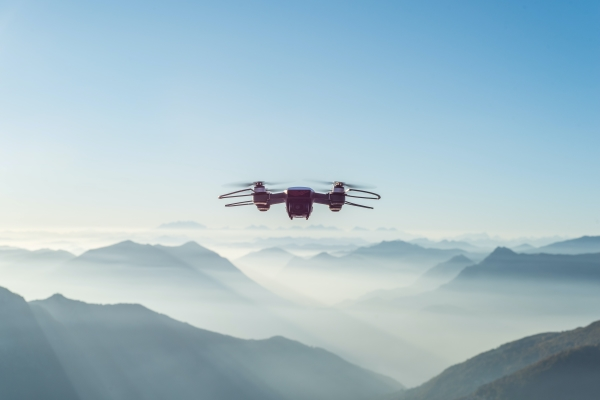
DJI Phantom 4 Pro Battery Complete Guide
DJI Phantom 4 Pro is very popular. If you want to know about the DJI Phantom 4 Pro battery, you can continue to read the article.
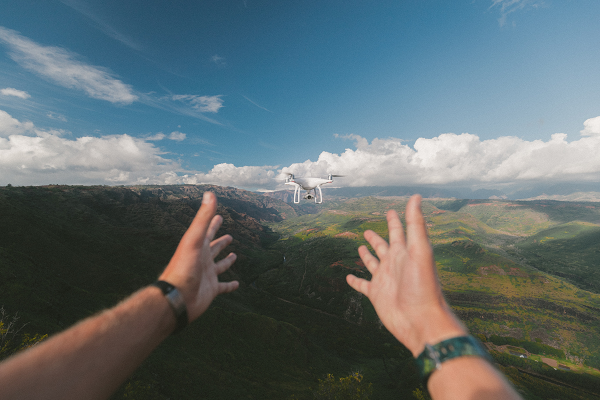
Motor for Drone
A drone cannot fly without a motor for drone. This article will take you to understand the role of drone motors.



